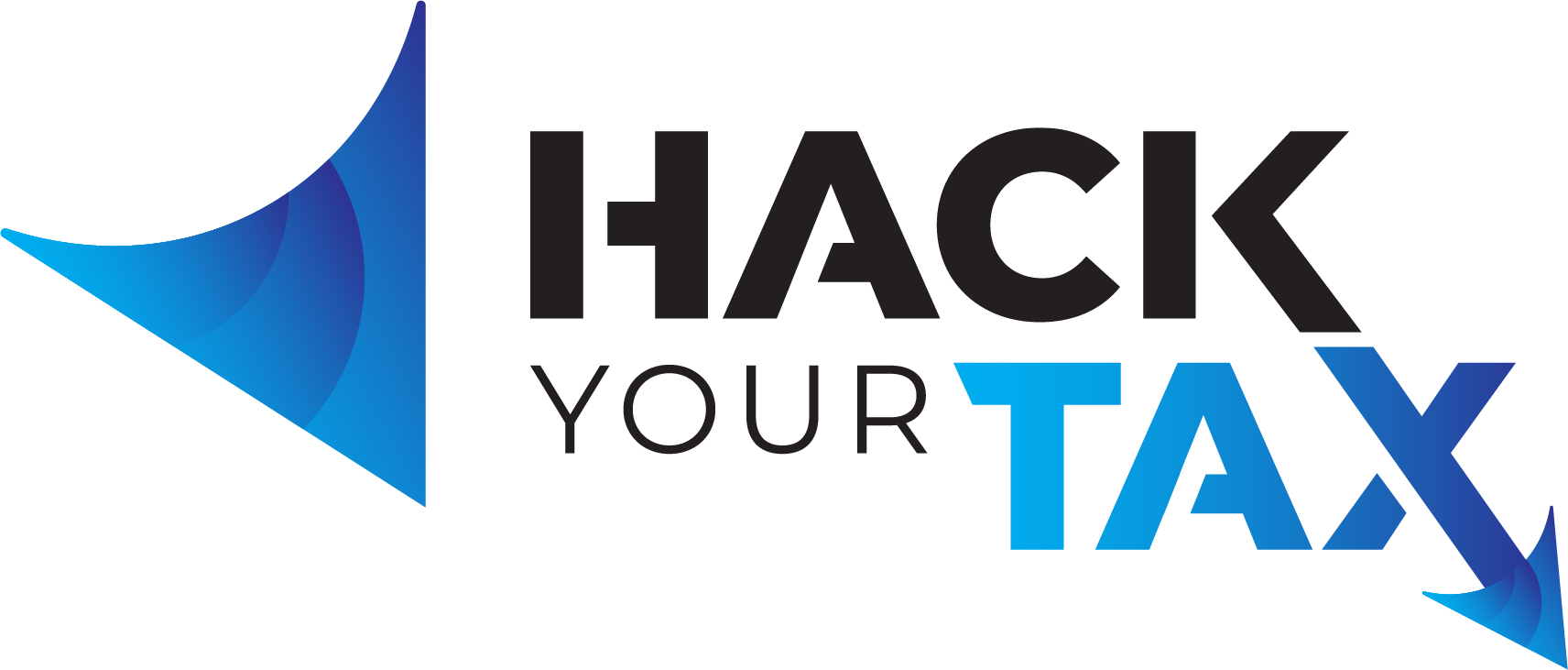Alternative Minimum Tax Slashes Middle Class
The Alternative Minimum Tax sounds like a choice you can make that allows you to pay a minimum amount of tax. It’s not.
Taxpayers with a higher income may be subject to the Alternative Minimum Tax (AMT). The AMT was set up in an attempt to ensure that the more affluent individuals and corporations pay at least a minimum amount of tax. Unfortunately, because the Alternative Minimum Tax doesn’t sync with cost of living increases, more and more middle-class taxpayers are reaching AMT thresholds.
It is highly likely that if you received or claimed accelerated depreciation, certain tax exempt interest, interest paid on a home mortgage not used to buy, build or substantially improve your home, some investment interest expense, or a net operating loss deduction you may face the Alternative Minimum Tax.
The Alternative Minimum Tax still allows you to start with your gross income, but many of your usual deductions and exemptions are now disallowed. Suddenly, your taxable income is a lot higher. Some deductions still stand, including those for mortgage-interest and charitable donations. However, some key tax breaks are lost. They include state and local income tax and property taxes; child-tax credits; and home-equity loan interest. If your resulting income is then above the threshold, you must pay the higher Alternative Minimum Tax amount instead of your regular tax amount.
How can you escape the Alternative Minimum Tax trap? There isn’t a single, easy answer, but there is a start. Let me help, I’m here for you.


